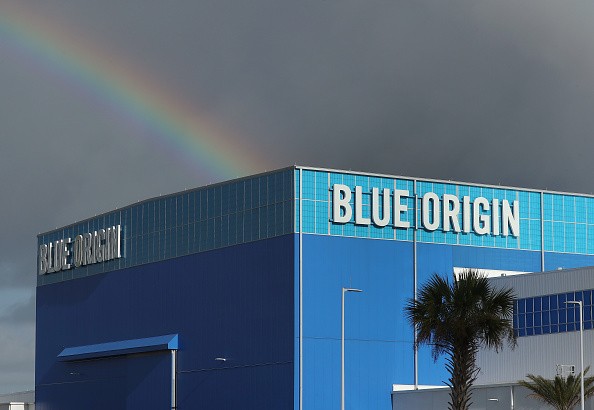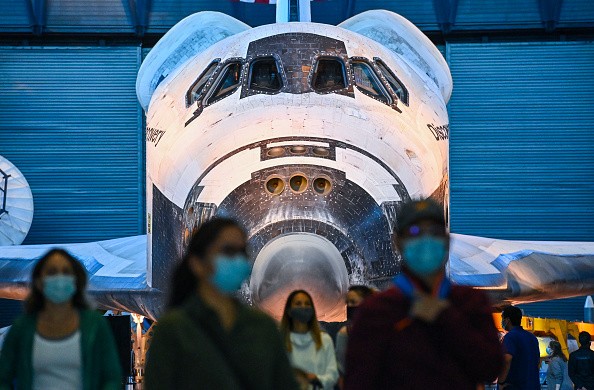Blue Origin is determined not to let SpaceX get away with all the glory. And they're launching a new program to serve as a counter.

According to a report by ArsTechnica, Jeff Bezos' space exploration company will be launching "Project Jarvis," which aims to design fully reusable rockets as a direct answer to SpaceX's reusable Starship project was launched in 2016. There is, however, not much else known about "Project Jarvis."
This rumor comes after another alleged that Blue Origin will replace the metal in their New Glenn rocket with stainless steel. For those who are unaware, stainless steel is also the same material being used for SpaceX's Starship and Super Heavy rockets. But this was disproved in light of new information.
Newer rumors now say that a new version of Blue Origin's New Glenn will now be designed to feature a fully reusable upper stage. Insiders say that the upper stage will have stainless steel propellant tanks. Apparently, the reason for the material shift is because Jeff Bezos wants to lower the launch cost of New Glenn.
Neither Blue Origin or Bezos himself has commented on these rumors as of this writing.
What's the Status of 'Project Jarvis?'
Apparently, Bezos is trying to ensure that the project will be designed without any bureaucratic hurdles. Due to this, insiders claim that progress on "Project Jarvis" has been quite fast, with Blue Origin planning to relaunch New Glenn with a fully reusable upper stage by the mid-2020s.
Once the reusable rocket is operational, it will be in serious contention against SpaceX when it comes to delivering heavy payloads into space. However, as for Project Jarvis' budget, no member of the Blue Origin top brass has been open for comment.
Blue Origin Going Reusable: Nothing Really New
Some people are alleging that Bezos is only copying Musk in the drive to create reusable spacecraft, just like what a report on Futurism alleges. SpaceX is not as innocent of "copying" as well if you'd like to call it that.
NASA's Space Shuttle program was the first in history to create a fully reusable spacecraft. Designed to look like a typical airplane, the shuttle was launched into space on a rocket, then came back down to Earth like a glider, landing on a runway.

But despite the technological advancements, the Space Shuttle program was discontinued after 30 years. Numerous tragic incidents such as the Challenger and Columbia disasters, alongside high costs and slow turnaround, made it tough for NASA to keep the program going, writes Astronomy. Since then, the spacecraft that's been carrying modern astronauts to space and back were mostly single-use.
There is, however, a plan to develop a new Space Shuttle program courtesy of the Indian space agency. But it has been years since its first unmanned launch, which means the technology is still a long way from being perfect.
This article is owned by Tech Times
Written by RJ Pierce
ⓒ 2025 TECHTIMES.com All rights reserved. Do not reproduce without permission.




